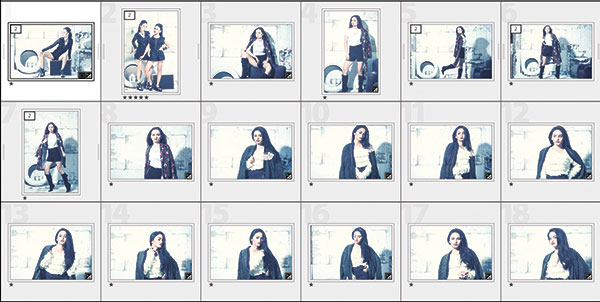Sharpening the saw
ONE of the books that preach when I was still working full time in a corporate environment is Stephen Covey’s “Seven Habits.” One of the habits there is sharpening the saw. No matter what level you are in your profession, because of the changing times, what you know will become obsolete, or your competitor or the market will move on and you will be left behind.
On times that my schedules are loose and seems like not much bookings are coming in, instead of feeling bad about myself, which I sometimes do, I try shake it off by experimenting and stretching and exercising my creative imagination. At the end of the exercise, you get a ton load of new learnings and maybe a smile in your face to bring in the clients.
Apart from updating my portfolio, practicing allows me to simulate problems encountered during paid shoots. When I’m doing a commissioned shoot, I solve problems by just using a temporary patch just to finish the work and deliver the right quality within the prescribed time allocation.

Paid shoots are not for practice, it should be a performance test on how well you have prepared yourself. Although you still learn a lot doing it, these are normally learnings associated with your organizing skills and managing clients expectations and dealing with all the people involved in the shoot.
Practice shooting is where you can revisit those temporary solutions and try to break it open back again and try finding a more effective solution to the problem. There will be no client breathing at the back of your neck and time is in your side this time. Sometimes the solution to the problem is surprisingly easy but because of the pressure surrounding the set at that time, it seems very puzzling.
There was a time I had a problem with the lights mounted in a boom. No matter how we adjusted it, the light won’t hold still. We already spent 15 minutes trying to fix it, but it always failed every time we started shooting again. We decided to use the miracle tape or duct tape. Everybody should bring a roll when shooting. After the coast cleared, I was checking the equipment and it turned out that a screw needed tightening.
Surely this particular issue will not hound us in the next shoot, but another problem will always appear. Then it’s something you’ll have to solve when practicing. That’s the reason that the more you shoot, the more problems are being solved. This is where expertise comes from. It’s the time you spent practicing plus shooting for clients.
I hope clients will later understand that they are paying photographers not to press the shutter button, but because of the expertise they gained from all the practice and shooting experience they have acquired. The photographers, on the other hand, should keep the saw sharpened, so when needed, it’s always sharp as it can be.
Keep on shooting, everyone!
photomania.sunstar@gmail.com
www.grp.ph





